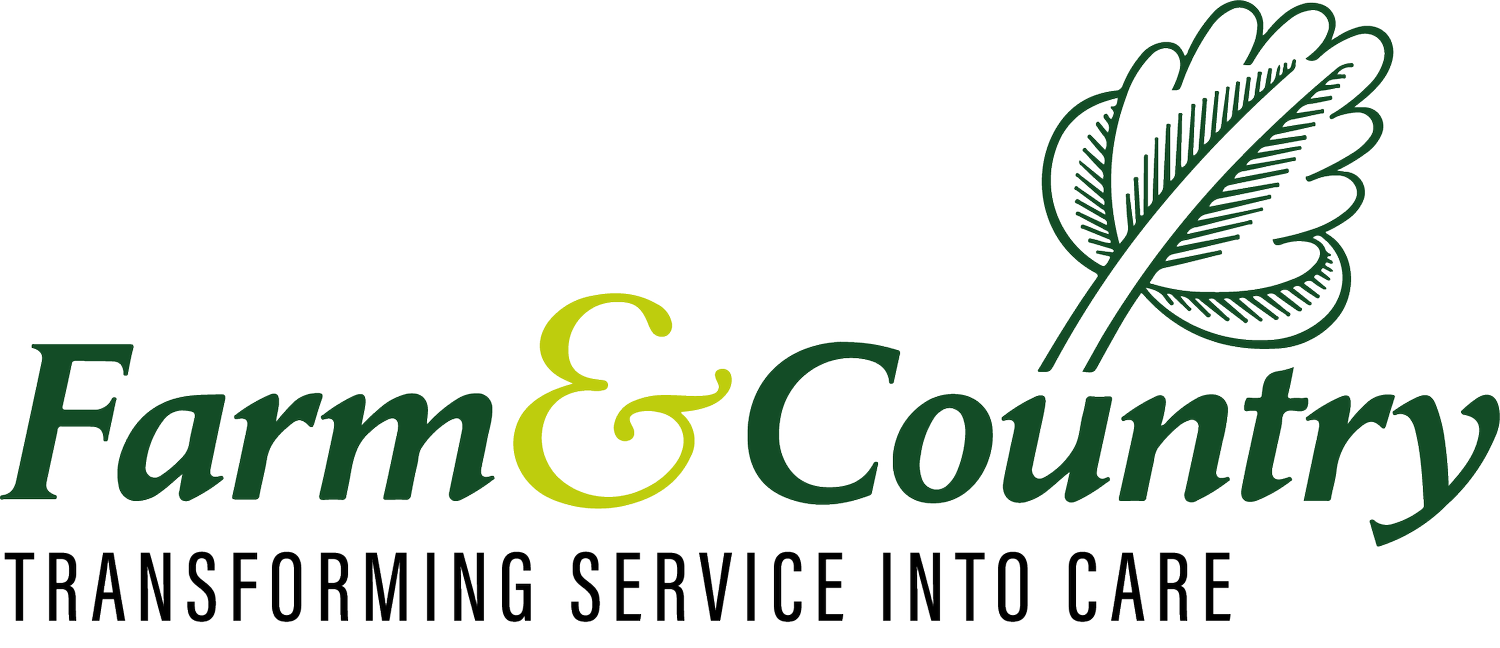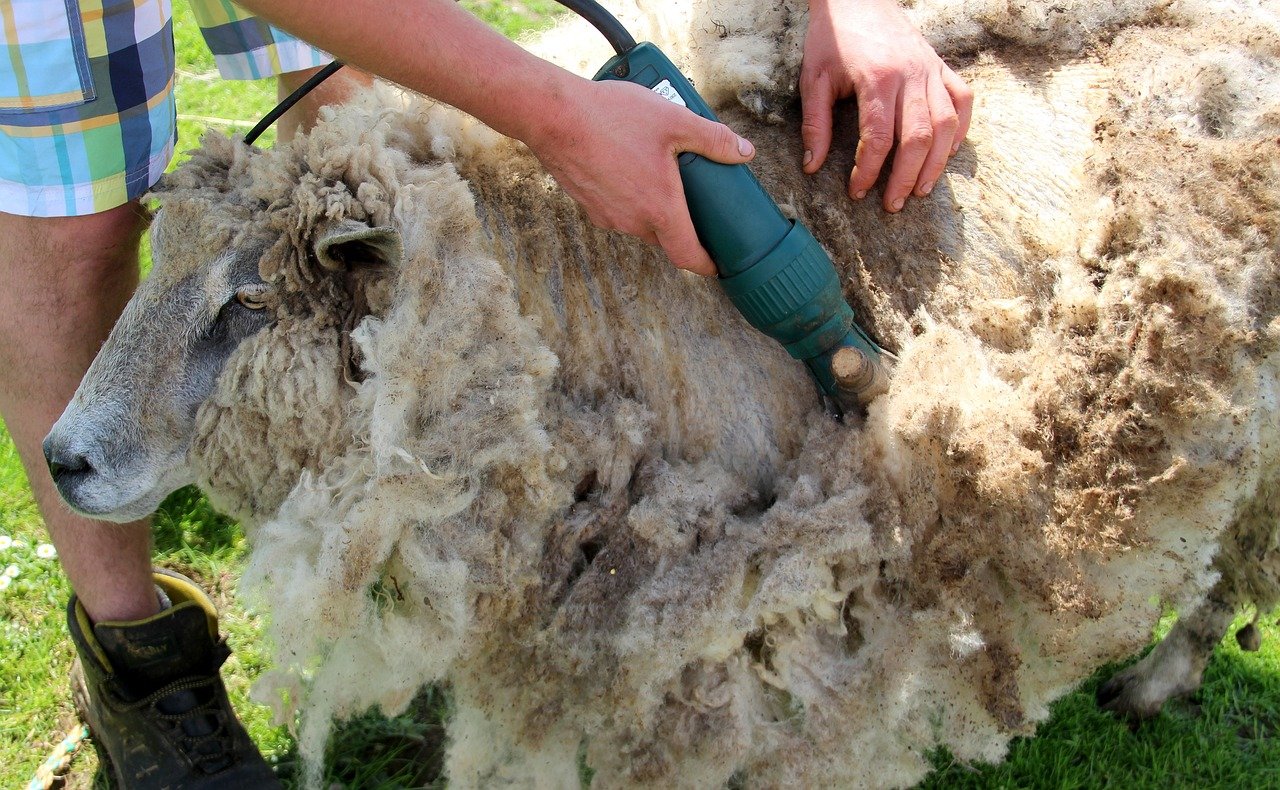Sheep Shearing
Sheep shearing may seem like a tedious task, but did you know it's actually incredibly beneficial for the sheep and their wool? Not only does shearing help keep the sheep cool during hot weather, but it also promotes healthy growth of their coats.
What is sheep shearing?
Sheep shearing is the process of removing a sheep's wool coat with special scissors or clippers. It's essential for the health and well-being of the sheep because it prevents them from overheating during warm weather. Without shearing, sheep can suffer from heat stress, which can lead to severe health issues.
During winter months, a sheep's wool coat grows thick and long to keep them warm. However, when springtime arrives and temperatures start to rise, their coats need to be removed in order for them to stay cool. Shearing also helps promote healthy growth of new wool fibres by allowing more air circulation around the skin.
The process usually takes place once a year and requires an experienced shearer who knows how to handle the animal safely. Sheep are restrained on their backs while being shorn so that they don't move around too much or injure themselves.
The primary reason for sheep shearing is to harvest the wool from the sheep. Wool is a valuable natural fibre used in the production of clothing, blankets, carpets, and other textile products. Shearing is typically done once a year, usually in the spring or early summer, depending on the climate and the sheep's breed.
The sheep is usually restrained in a special holding pen or a shearing shed to ensure both the animal's and the shearer's safety. The shearer carefully removes the fleece in one piece, starting from the belly and moving up to the back, sides, and neck. Care is taken to avoid cutting the sheep's skin. It requires skill and experience to ensure the sheep's welfare and obtain a quality fleece. Professional shearers undergo training to develop their technique and speed, as well as to minimise stress and discomfort for the sheep.
The benefits of sheep shearing
Sheep shearing is not only necessary but also beneficial for both the sheep and the farmers. One of the benefits of sheep shearing is that it helps prevent heat stress during hot weather conditions. During summer, wool can trap a lot of heat in a sheep's body, which can result in heat stress and even death.
Another benefit of sheep shearing is that it promotes hygiene. Sheep produce lanolin, an oily substance secreted by their skin to keep their coat waterproof. However, this oil attracts dirt and parasites that can cause infections if left unattended. Removing the heavy fleece reduces the risk of flystrike, a condition where flies lay eggs in the wool, leading to maggot infestation and potential harm to the sheep.
Regular shearing improves the quality of wool produced by each animal as it grows back healthier and more robust after every clipping session. This increases its commercial value when sold to textile industries for clothing production.
Additionally, farmers who shear their sheep regularly have better control over potential health problems since they inspect each animal closely during the process.
There are numerous benefits associated with sheep shearing from improved animal welfare to higher-quality wool production while at the same time providing economic opportunities for farmers worldwide.
How it’s done
Before starting the shearing process, it's important that the area where it will take place is prepared correctly. This often includes cleaning and sanitising equipment, as well as preparing pens or chutes for holding the sheep.
When it's time to shear, each sheep is caught by hand and placed on its back on a special stand called a shearing board. The shearer then uses electric clippers to carefully remove all of the wool from head to toe in one single piece. It's essential that shearers have proper training and experience working with these animals since one wrong move could cause serious injury.
Shearing a sheep is an important task that should be done with care and skill. Before starting, the sheep should be relaxed and calm to avoid any injuries. The basic steps are:
1. Start by removing any mats or tangles in the wool using scissors.
2. Begin shearing at the belly of the sheep and work up towards its back.
3. Use long, even strokes with the handpiece to ensure a smooth cut.
4. Avoid cutting too close to the skin as this can cause injury or infection.
5. Once finished, inspect for any missed spots or uneven cuts before releasing them back into their field.
Different types of sheep shearing
There are several different types of sheep shearing techniques that are used depending on the type of wool, the breed of sheep, and the purpose for which it will be used. One technique is blade shearing, which involves using a sharp razor to remove all the wool from the sheep in one go.
Another popular method is hand shearing, where a pair of scissors or clippers are used to carefully shave off sections of wool at a time. This method requires skill and precision but results in a neat finish.
Machine shearing is another common technique that uses electric clippers to quickly and efficiently shear large numbers of sheep. This can be done while they stand or lie down on special platforms designed specifically for this purpose.
In addition to these methods, there are also specialised techniques like belly crutching (which removes just the belly wool) and dagging (which trims around areas like the tail). Ultimately, each type has its own advantages and disadvantages depending on what you're looking for.
Types of equipment used
Sheep shearing is a meticulous process that requires the right tools. There are different types, each with their own unique design and purpose.
1) Blade Shears - These traditional manual shears have two blades that slide over each other to cut through wool.
2) Electric Shears - Powered by electricity, these modern shears make the job faster and easier for shearers.
3) Combs and Cutters - This type of shear uses a comb to separate the wool from the skin before cutting it off with a blade or cutter. Combs have longer teeth and are responsible for holding the wool in place, while cutters have shorter, sharp teeth that cut the wool.
4) Handpieces - These are used together with electric or pneumatic motors to provide extra power when cutting through tough wool.
5) Bow Shear - This type of shear has an arched shape allowing greater control during use, making it ideal for precision cuts around sensitive areas like ears and udders.
6) Shearing Machine - A shearing machine is used in large-scale commercial shearing operations. It consists of a powered handpiece that drives multiple sets of combs and cutters simultaneously. Shearing machines are highly efficient and can shear multiple sheep in a short amount of time.
7) Shearing Stand or Shearing Table - A shearing stand or table can be used to secure the sheep during shearing. It helps restrain the sheep and keeps it in a comfortable position, reducing stress for both the animal and the shearer. These stands are often adjustable to accommodate different sheep sizes and allow easy access to the sheep's body for shearing.
8) Combing and Sorting Tools - After shearing, the fleece is often processed further for sorting and preparation. Combing tools such as wool combs or carding brushes are used to align the fibres and remove any debris or tangles from the wool. Sorting tools, including skirting tables and picking tables, are used to separate the different grades of wool based on quality and remove any undesirable parts like stained or damaged sections.
9) Other Equipment - Belts and holsters (used to hold the shearing clippers securely and provide easy access to the tools while shearing), blade sharpeners, oil and lubricants, protective gear (shearers often wear protective gear such as coveralls, gloves, and safety glasses to minimise the risk of injuries from sharp tools or the sheep's movements).
Choosing which equipment to use ultimately depends on personal preference and experience. Each one offers its own benefits depending on specific circumstances such as breed and condition of the animal's coat.
While shearing tools are essential for the process of sheep shearing, there are a few potential negative aspects associated with their use.
Risk of Injury: Shearing tools, particularly electric clippers and sharp blades, can pose a risk of injury to both the shearer and the sheep if not handled with care. Shearers need to be skilled and experienced in using these tools to minimise the risk of accidental cuts or nicks on the sheep's skin.
Stress and Discomfort for Sheep: Sheep shearing can be a stressful experience for the animals. The noise and vibrations from electric clippers, the physical handling, and the sensation of having their wool removed can cause anxiety and discomfort for the sheep.
Equipment Maintenance: Shearing tools require regular maintenance to ensure optimal performance. This includes sharpening blades, cleaning clippers, and oiling moving parts. Neglecting proper maintenance can lead to reduced shearing efficiency and potentially cause discomfort to the sheep due to blunt blades.
Cost: High-quality shearing tools and equipment can be expensive. For professional shearers or farmers with large flocks, the initial investment in tools and regular replacement of worn-out parts can be a significant expense.
What to do with the wool
The quality of the wool depends on various factors, including the sheep's breed, diet, and overall health. Shearing allows farmers to separate the fleece based on its quality, with different grades of wool being used for different purposes.
After shearing, you may be left with a lot of it. So what can you do with it? There are many possibilities.
If crafting is more your thing, there are endless possibilities when it comes to using wool. From knitting and crocheting to felting and spinning, the options are limitless. You can even dye the wool different colours before starting your project. Another option for the leftover wool is selling it. Many artisans and crafters would love to get their hands on raw sheep's wool for their projects.
Also, wool is great for insulation. You could use it to line your attic or walls for some extra warmth during the winter months. Additionally, wool can make excellent compost material due to its high nitrogen content.
The process of sheep shearing may seem daunting, but with proper training and techniques, anyone can learn how to shear a sheep effectively. However, all shearers should prioritise animal welfare, ensure training and skill development, maintain equipment regularly, and adhere to best practices for shearing.










